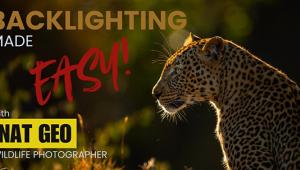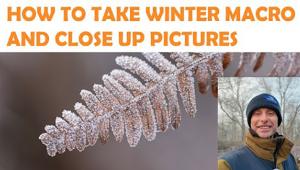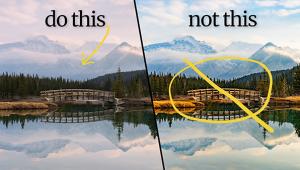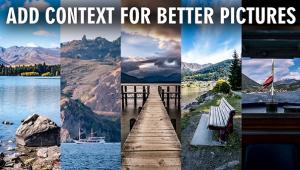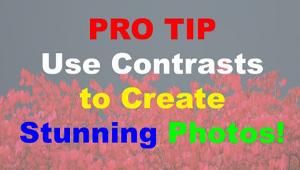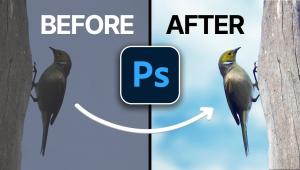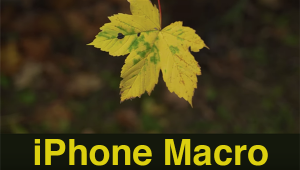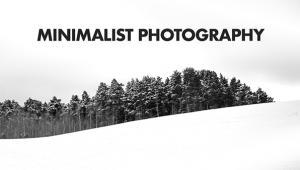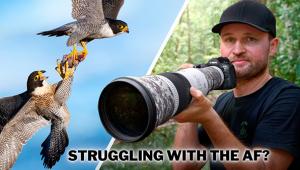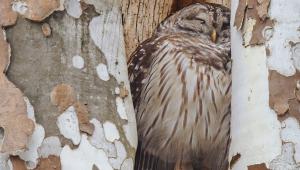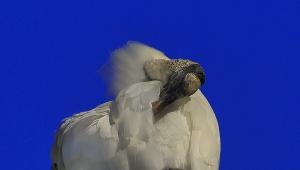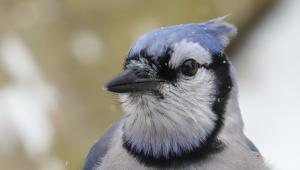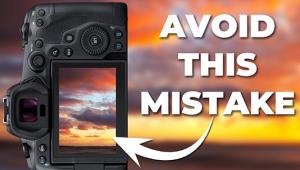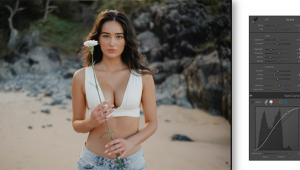7 Tips for Shooting & Editing Great B&W Wildlife & Nature Photos (VIDEO)

Some of us miss out on great opportunities to capture images with maximum impact because we always shoot in color. One reason for this is that some scenes cry out loudly for a monochrome approach.
Darrell Oakden is an accomplished British bird photographer who regularly shares the secrets to his success. This episode is a bit different as he steps out of comfort zone to explain why he's "become quite addicted" to capturing images in b&w. Like most experienced photographers Oakden is constantly experimenting with new techniques to try, and that's what he explains how to do today.
Oakden says shooting in monochrome has greatly increased his enjoyment of photography, and the seven tips he covers in the video include everything from camera setting and techniques, to helpful ideas for composing shots differently when eliminating color from an image. He also delves into a discussion of the best way to edit monochrome photos to achieve dramatic results.

You'll learn that this style of shooting requires you to look at the world differently and why your new-found vision will ultimately improve your color imagery as well. One interesting trick when scrutinizing a scene is to quint your eyes so they're nearly closed. Oakden says that by doing this "contrast because much clearer and you can more easily see all the lights and darks."
Oakden notes that setting the camera to b&w mode isn't a destructive process. As he explains, choosing this setting simply displays a monochrome image through the viewfinder and on the rear LCD. Yet, "if you shoot in Raw, the Raw files still contain the color information if you want to use that.
In other words, viewing the image in monochrome forces you to focus on the tonal range of a photo, and that's important because some colors have a very similar brightness. Thus, different levels of contrast are more readily apparent when evaluating a scene in b&w. This is a big help for accentuating patterns and textures.
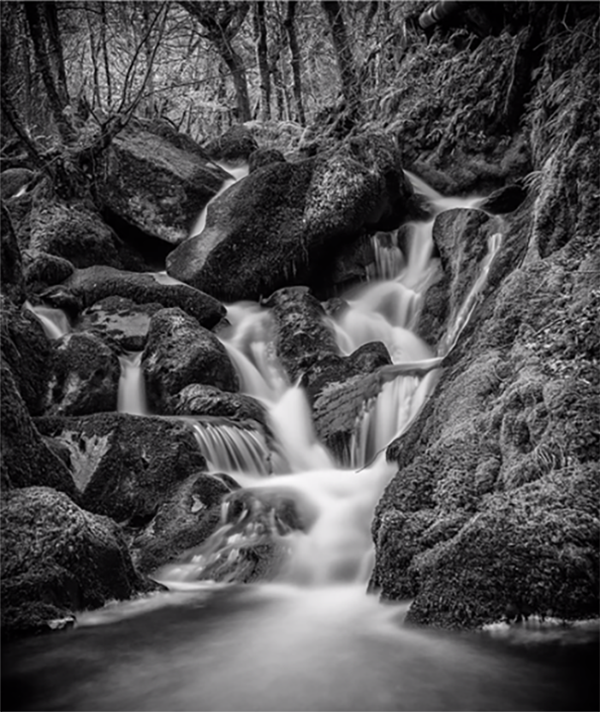
Oaken goes into greater depth on the previous point by describing how to find these patterns and textures withing the frame and use them to advantage. He describes his third tip as "one of the most important aspects of b&w photos," which is understanding how to use tonal contrast to make monochrome images more compelling.
There's lot more to learn, including the importance of relationships between objects, and other ways to compose a scene with monochrome in mind. The lesson concludes with a detailed demonstration of editing your images effectively. You can find more helpful advice by visiting Oakden's instructional YouTube channel, especially if you want to give bird photography a try.
And don't miss the tutorial we posted recently from another accomplished pro, explaining how to shoot beautiful flower photos with key camera setting, tips and techniques.
- Log in or register to post comments
